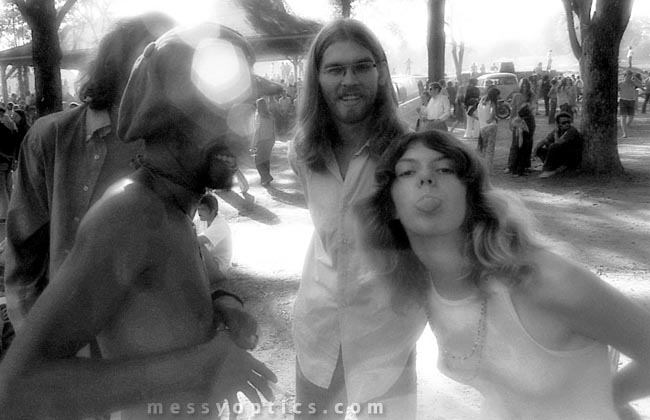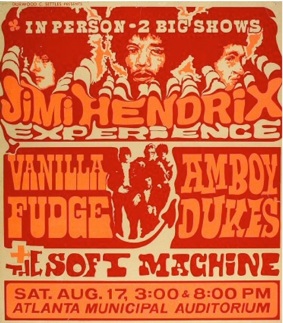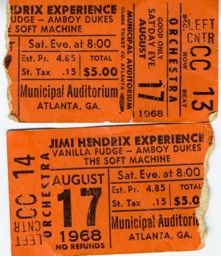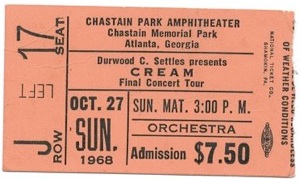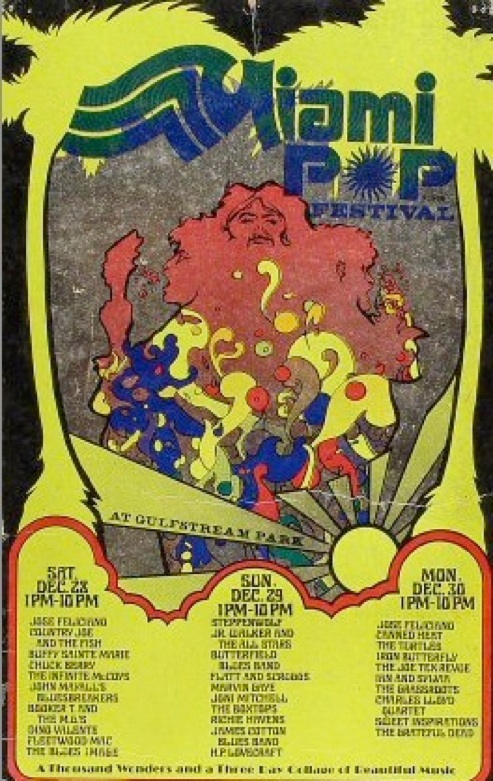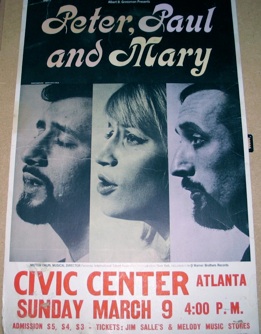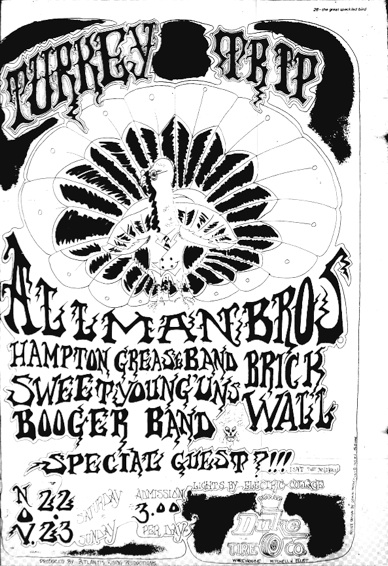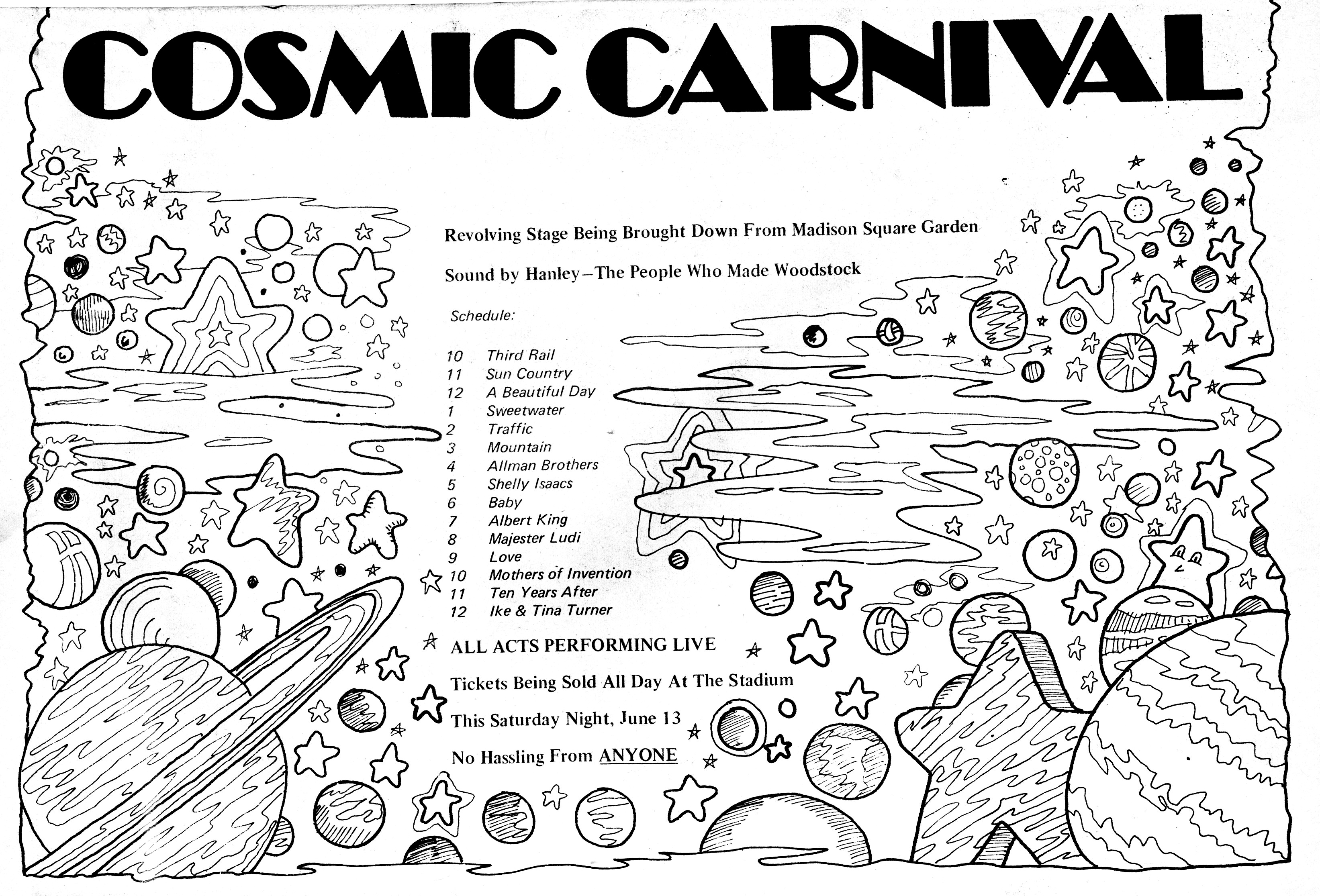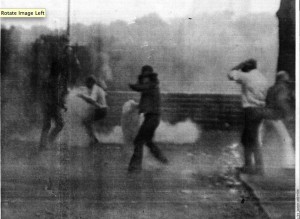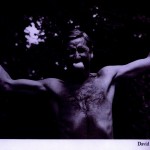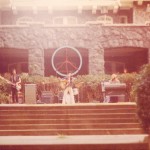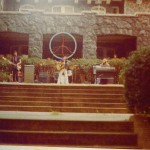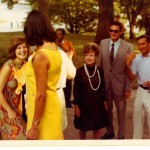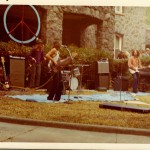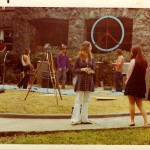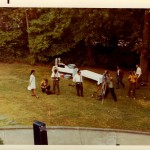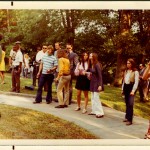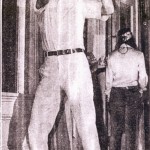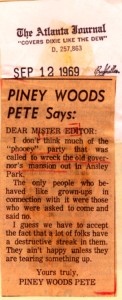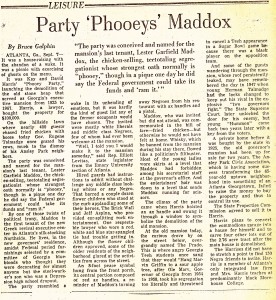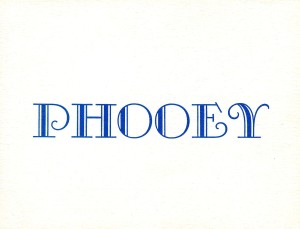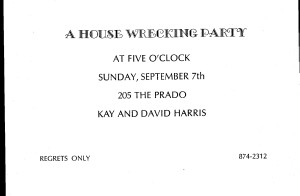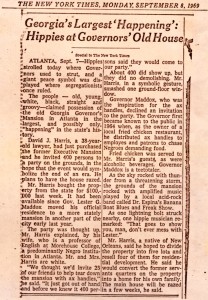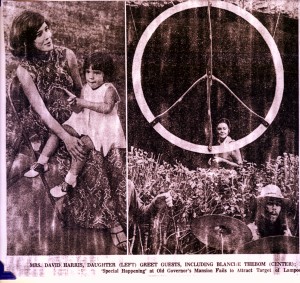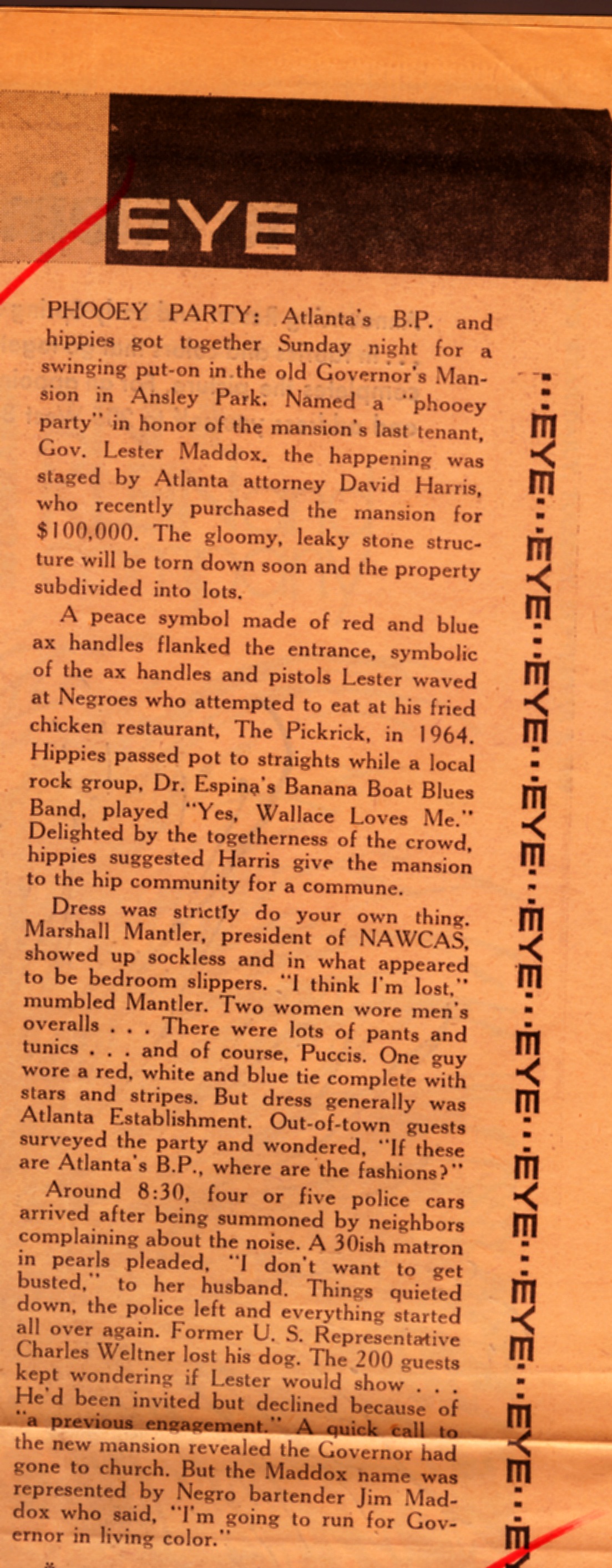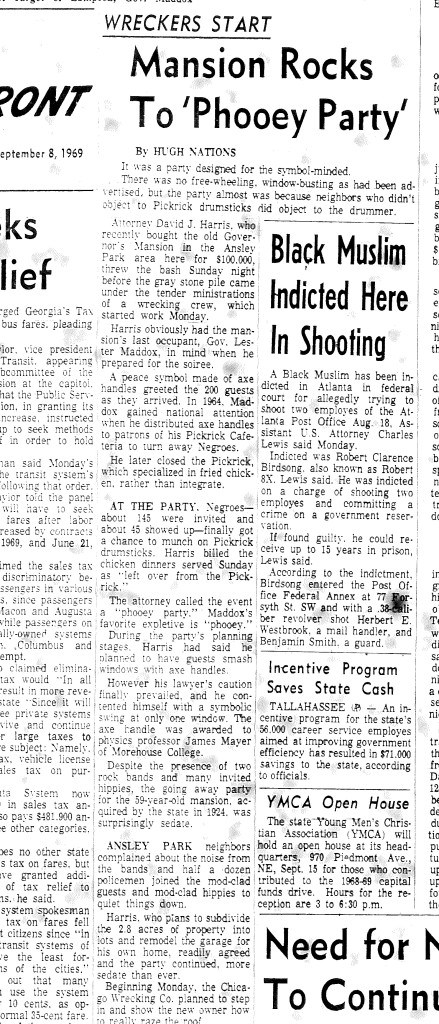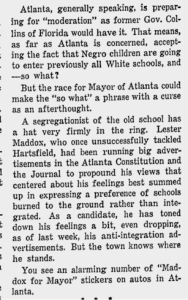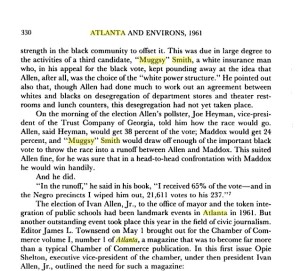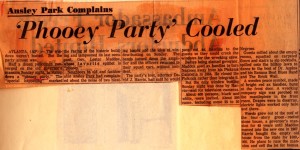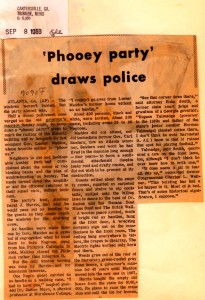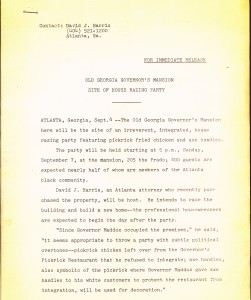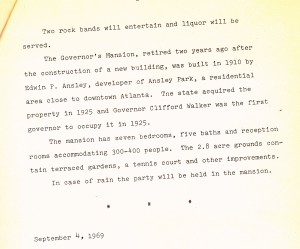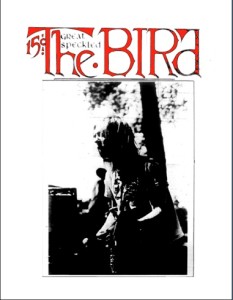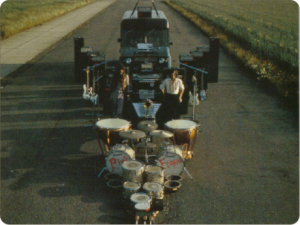woodstock-on-the-water-an-oral-history-of-the-ramblin-raft-race
Category Archives: history
Dave Hoffman
Jimi Hendrix Blows Atlanta’s mind
Soft Machine, Amboy Dukes, Vanilla Fudge and Jimi Hendrix Experience’s two shows at Atlanta’s Municipal Auditorium blew away Atlanta’s collective mind on Saturday August 17, 1968. Have you ever been Experienced? Now we could answer in the affirmative. Musicians in particular talk about this show nearly 50 years ago!
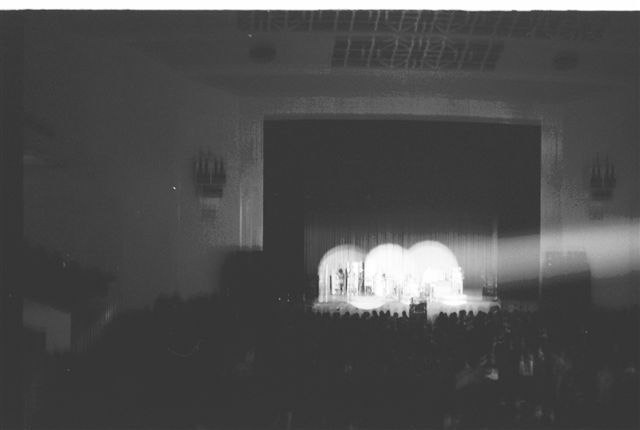
Bill won’t like I included this, but It was often my vantage
A few remembrances :
Harry Demille
Rupert Fike
Bucky Weatherall
Major Events in the community
The Beatles came to Fulton County Stadium. For most of my generation this event put Atlanta on the map; we mattered down here in the sleepy South because The Beatles came here. And had their first experience with stage monitors thanks to an Atlantan.
When Jimi Hendrix played the chitlin circuit, he’d had an apartment on Pine St. near Auburn Avenue. Hendrix had played Atlanta opening for The Monkees, but was booted from the tour after the afternoon performance as judged not suitable for children. Now he took the Municipal Auditorium with The Experience.

Bill won’t like I included this, but It was often my vantage
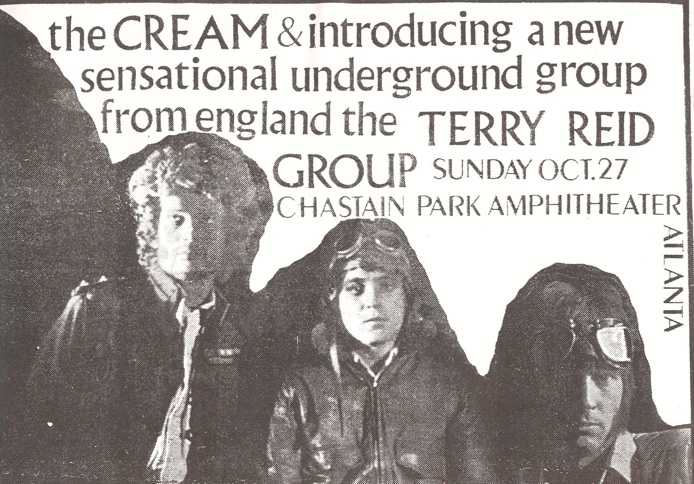 Cream at Chastain Another concert that people use as a marker in their lives. My mother brought a crew of siblings and friends to join me from college. She’d lived with my brother’s and my band practicing at the house and said Cream was loud, but good. She said she was glad I had not had a set of drums as complex as Ginger Baker.
Cream at Chastain Another concert that people use as a marker in their lives. My mother brought a crew of siblings and friends to join me from college. She’d lived with my brother’s and my band practicing at the house and said Cream was loud, but good. She said she was glad I had not had a set of drums as complex as Ginger Baker.
Stomp Atlanta’s Texas Hair, a hippie musical put on by a combine of musicians, actors, and craftspeople. The performance at the Arts Alliance ended with the whole audience led outside holding hands with The Combine members to form a huge circle around The High Museum. They returned to Atlanta in an old church in Buckhead, which was soon firebombed.
 2001 was the movie that launched a thousand trips, most without chemical aids. The ending ride was indeed psychedelic and beautiful. At that time 2001 seemed infinitely distant when computers
2001 was the movie that launched a thousand trips, most without chemical aids. The ending ride was indeed psychedelic and beautiful. At that time 2001 seemed infinitely distant when computers like HAL ran things. The movie was shown in a theater on Peachtree. When you left HAL there was the big IBM, the newest in computers on display in the window next door. Move IBM back a letter each and get HAL?
like HAL ran things. The movie was shown in a theater on Peachtree. When you left HAL there was the big IBM, the newest in computers on display in the window next door. Move IBM back a letter each and get HAL?
 New band Little Feat woodshedding in a small club, the 12th Gate! 2 shows nightly! 3 nights! A buck a show!!!
New band Little Feat woodshedding in a small club, the 12th Gate! 2 shows nightly! 3 nights! A buck a show!!!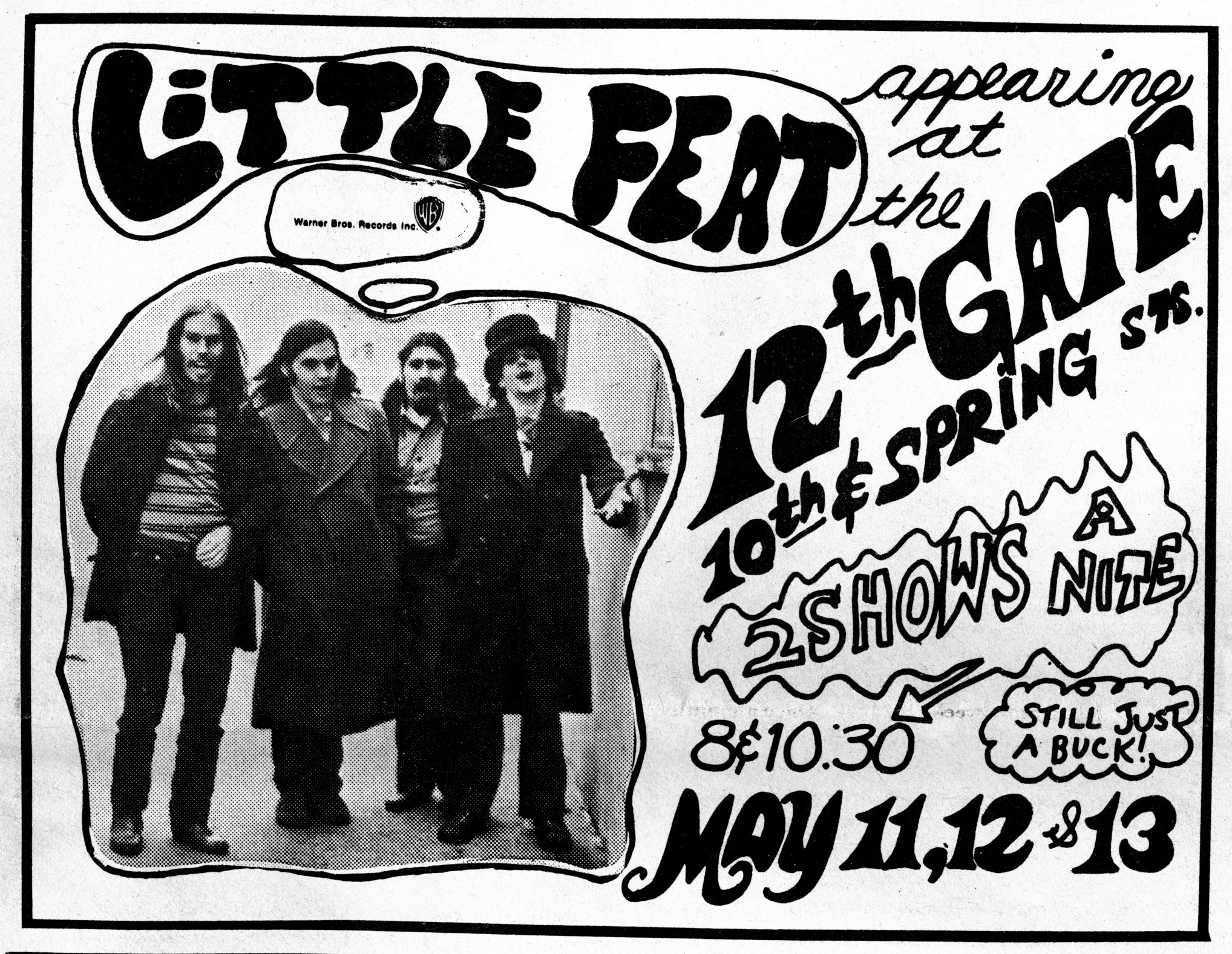
Ike and Tina rocked out the Auditorium to an integrated crowd. Later they returned to open for ZZ TOP on a makeshift stage near Lake Spivey. Carter Tomassi took some great pictures here.
Piedmont Park Police Riot
“The Great Hippie Hunt”
Time magazine observed in October of 1969 that Atlanta’s power elite had declared
war on hippies.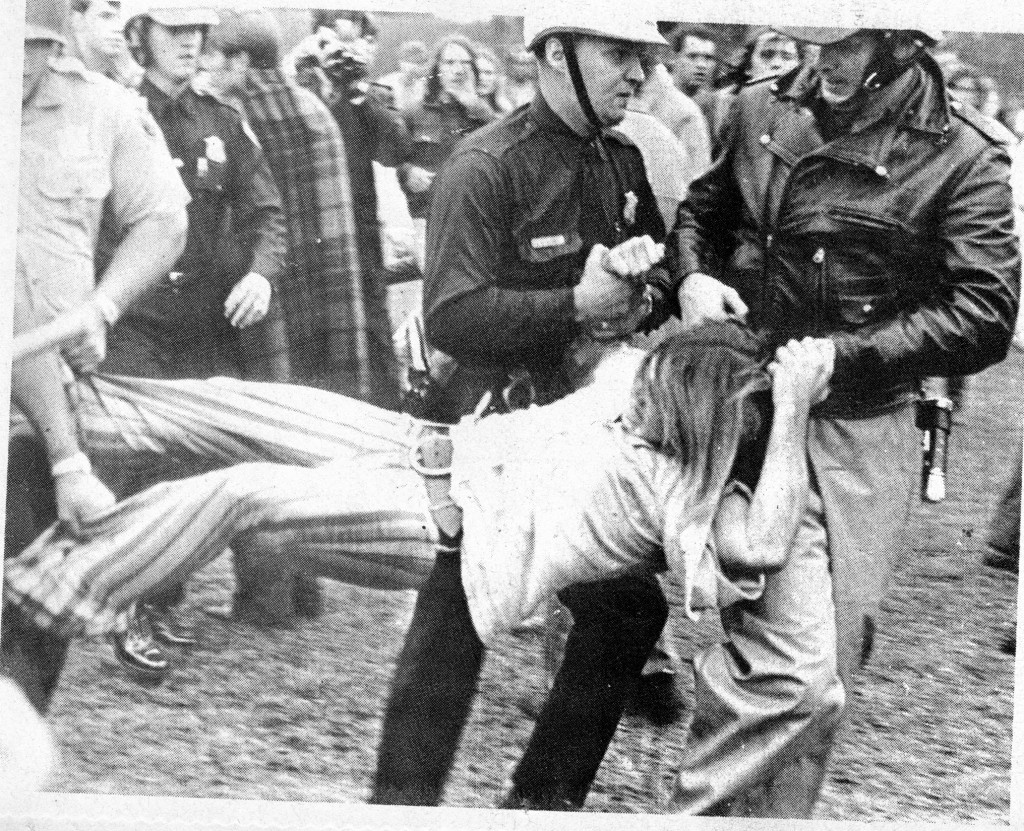
The election started for Mayor of Atlanta and candidates tried to outdo each other on describing what they planned to do to the hippies. Suddenly city service people were very interested in the hippie areas and whether residents needed their house condemned for small code violations – developers wanted land!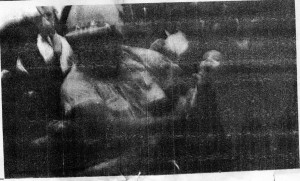
Police gathered in advance Sunday September 20, 1969 to provoke a confrontation. Then they surrounded and attacked the crowd – hippies, children, old people, average citizens of Atlanta enjoying the music on a September morn in Piedmont Park. Yet “Law and Order” candidates arrived with film crews to use the riot as a background for railing about the hippie menace!
The Phooey Party its ownself.
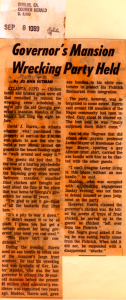
Another party for the building formerly the garage of the Governor’s Mansion, now an outstanding home.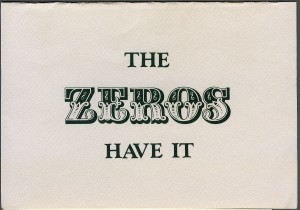
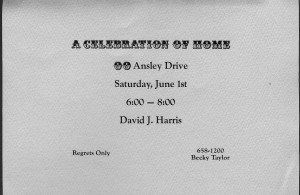
Another party for the building formerly the garage of the Governor’s Mansion, now an outstanding home.
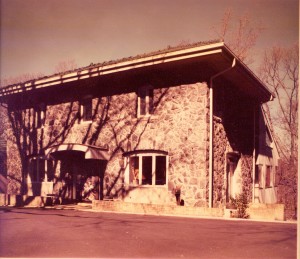
The Phooey Party background
![]() Lester did not like ‘colored people’ mixing with ‘Good folks’. Even the AJC realized Lester felt much the same way about colorful people.
Lester did not like ‘colored people’ mixing with ‘Good folks’. Even the AJC realized Lester felt much the same way about colorful people.
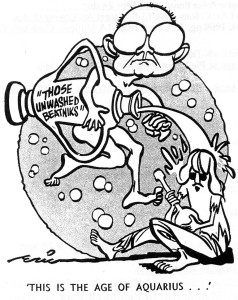 The Phooey party mix intentionally included both.
The Phooey party mix intentionally included both.
Phooey Party invitation
Such was Maddox’s notariety that the party got mentioned in the New York Times
Maddox used the axe handle as a symbol. He gave them out at his restaurant as “Pickrick toothpicks” to intimidate anyone trying to segregate his business. He then used that not so subtle symbol of segregation in his successful run for governor.
The Phooey Party made a peace symbol of axe handles.
Lester was a fool and acted so in public as camouflage for his racism as benevolent affection for his ‘lesser Colored folks’. He even had a Black man as Uncle Tom join him in a stage act. One of the neighbors to the old Governor’s mansion was Mugsy. In 1965 Time Magazine described him thusly: “Milton M. (“Muggsy”) Smith, 63, an Atlanta insurance salesman who made a name during 16 years in the state legislature trying to repeal every segregation law in Georgia.” Read more: http://www.time.com/time/magazine/article/0,9171,842098,00.html#ixzz0lgEuyZnw
In 1961 Muggsy had run interference for Lester’s run for mayor of Atlanta. By drawing Black voters to himself as their benevolent friend, he almost got Lester elected mayor. Imagine if he had been Mayor during the events of Allen’s term, the early 1960s. Don’t think Atlanta would have been known as ‘the city too busy to hate’.
.
Ever loyal to Lester, Muggsy gathered supporters to jeer at arriving guests and called the police repeatedly to complain.
The police chief was sad he had to leave the party early lest he be seen by Muggsy’s group. 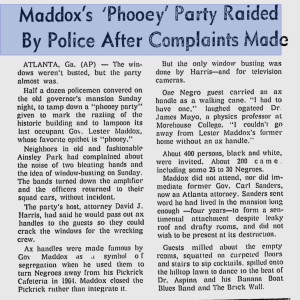
May 11 Be-In in Piedmont – Meet The Allman Brothers Atlanta!
Where Penn ends at 8th Street is an apartment house. In 1969 and a bit, it was called The Zoo. Jan Jackson, Tom Jones and Dave Hoffman, friends from college, lived in an upstairs apartment.I was visiting on a Sunday morning in Spring 1969, May 11th.
Three guys came in the front door. I recognized one as Berry Oakley, the bass player from The Roeman’s who’d played in my hometown in South Georgia. Someone said one of the other hippie guys played guitar with Aretha Franklin. They announced they were a new band up from Macon to play in Piedmont Park. The other guy had led them to a friend at The Zoo for attitude adjustment prior to the gig.
Free music Piedmont Park was starting to be a regular Sunday event at that time. We wandered over eager to see who would play today. The stone steps were like hip hullabaloo. Some of the best musicians Atlanta had to offer had graced the steps , but so had some neophytes not yet ready for the stage, and even some who would never be ready.
The Allman Brothers looked like just another group of longhaired hippie musicians, but they had two drummers and one was black. That was unusual in 1969 Atlanta. The instant they started to play two more things became obvious. Two guitars were playing leads that intertwined around each other seductively, and these guys were so much better than anything we’d ever heard live. The bite and snarl of the blues rocked along on propulsive rhythms. The songs were old blues and originals, but all were like nothing heard before. Recognizable fragments of other songs were sneaking through, but as soon as recognized they submerged again to let something else arise. “Wasn’t that Donovan’s song about a mountain?”
Usually when bands played people walked dogs, threw Frisbees, barbecued, and just enjoyed Atlanta’s park on a Spring Sunday. Today everything else came to a halt. White, black, young, and older all focused totally on the Allman’s music. The crowd was a dancing party focused towards the stone steps.
The next week’s community newspaper, The Great Speckled Bird, devoted the cover to a picture of Duane Allman in his STP t-shirt playing on the stone steps at Piedmont. The accompanying article stated that everyone there that day knew they had experienced something extraordinary and unforgettable, and it was too big to stay just in Atlanta, or the South, or the US.
The community followed The Allman Brothers to gigs both free and paid; they were a guarantee of an outstanding musical experience.
The Brothers again played Piedmont Park July 7th, 1969 with The Grateful Dead for a free concert after the First Atlanta Pop Festival. Their set amazed the festival goers still in town. Then they joined the Dead to jam at the end of the evening and more than held their own. Now they really found their musical niche, and the secret was out.
The Brothers recently returned to play Piedmont 9/8/7 and the infusion of new blood plus the vets, made the groove live again.
Check a more complete story of that evening at www.thestripproject.com
`
`Celebrating the 40th Anniversary of the Summer of Love by Paul Krassner
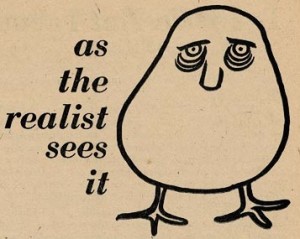 Actually, the Summer of Love in 1967 was born on October 6, 1966, the day that LSD became illegal. In San Francisco, at precisely two o’clock in the afternoon, a cross-fertilization of mass protest and tribal celebration took place, as several hundred individuals simultaneously swallowed tabs of acid while the police stood by helplessly. Internal possession was not against the law. The CIA had originally envisioned using LSD as a means of control, but millions of young people became explorers of their own inner space. Acid was serving as a vehicle to help deprogram themselves from a civilization of insane priorities. The nuclear family was exploding. Extended families were developing into an alternative society.
Actually, the Summer of Love in 1967 was born on October 6, 1966, the day that LSD became illegal. In San Francisco, at precisely two o’clock in the afternoon, a cross-fertilization of mass protest and tribal celebration took place, as several hundred individuals simultaneously swallowed tabs of acid while the police stood by helplessly. Internal possession was not against the law. The CIA had originally envisioned using LSD as a means of control, but millions of young people became explorers of their own inner space. Acid was serving as a vehicle to help deprogram themselves from a civilization of insane priorities. The nuclear family was exploding. Extended families were developing into an alternative society.
There had always been a spirit of counterculture, taking different forms along the way. Just as the beats had evolved from the bohemians, the hippies were now evolving from the beats. No longer did you have to feel like the only Martian on your block. There were subcommunities developing across the country. “Make love, not war” had become more than a simple slogan. The banning of LSD also affected Bay Area underground papers. The political Berkeley Barb got psychedelicized and the psychedelic San Francisco Oracle got politicized. The CIA’s scenario had backfired.
The blossoming of the flower children–encompassing sex, drugs and rock’n’roll–was at its core a spiritual revolution, with religions of repression being replaced by religions of liberation, where psychotropic drugs became a sacrament, sensuality developed into exquisite forms of personal art, and the way you lived your daily life demonstrated the heartbeat of your politics. There was an epidemic of idealism. Altruism became the highest form of selfishness.
Greek philosopher Socrates said, “Know thyself.” Novelist Norman Mailer said, “Be thyself.” And the ’60s counterculture said, “Change thyself.” Comedian George Carlin–who had entered show biz in the late ’50s, wearing a suit and tie, performing traditional stand-up schtick–started surfing on that wave. He reinvented himself visually–jeans, T-shirt, beard, ponytail–and acknowledges that smoking marijuana really helped him to fine-tune his material.
“My comedy changed because my life changed,” he says. “The act followed what was going on in me. Humor is very subjective, and what I was doing on stage didn’t match up with what was going on in my life or the country–1967 was the Summer of Love, it was the height of the cultural revolution–love, peace, free sex, all crested that summer. Everything was changing. I was playing big shows like Jack Paar and Ed Sullivan, but inside I was anti-authority and I hated that shit. Parents might not have been able to relate, so I went to the kids. I was using my act to further my ideas about the times.”
The mainstream media began to catch up with a whole new generation of pioneers traveling westward without killing a single Indian along the way. San Francisco became the focus of this pilgrimage. On Haight Street, runaway youngsters–refugees from their own famlies–stood outside a special tourist bus–guided by a driver “trained in sociological significance”–and they held mirrors up to the cameras pointing at them from the bus windows, so that the tourists would get photos of themselves trying to take photos of hippies. When Time magazine decided to do a cover story on hippies, a cable to their San Francisco bureau instructed researchers to “go at the description and delineation of the subculture as if you were studying the Samoans or the Trobriand Islanders.”
This was at a time when a rumor that you could get legally high from smoking dried banana skins was eagerly spread across the country. In San Francisco, there was a banana smoke-in, and an entrepreneur started a successful banana-powder mail-order business, charging $5 an ounce. Agents from the Bureau of Narcotics and Dangerous Drugs headed for their own laboratory, faithfully cooking, scraping and grinding thirty pounds of bananas, following a recipe published by the underground weeklies. For three weeks the FDA utilized apparatus that “smoked” the dried banana peels. The Los Angeles Free Press promoted another hallucinogenic–pickled jalapeno peppers, anally inserted. All over southern California, heads were shoving vegetables up their asses. After I mentioned on stage that the next big drug would be FDA, sure enough, Time reported that there would be “a super-hallucinogen called FDA.” Silly me, I thought I had made that up.
And then there was Newsweek. Kate Coleman, who, before graduating from UC-Berkeley, was busted at a sit-in by the Free Speech Movement, got a job there in New York.
“In the summer of 1967,” she recalls, “Newsweek indirectly bought enough grass and paraphernalia to warrant a felony sentence in New York of one to 15 years. Only three years behind the times, it was decided to do a cover story on marijuana, and naturally I was assigned to the story. I went down to the Lower East Side’s Psychedelicatessen and purchased two beautiful water pipes, a hash pipe, roach holders, a dozen packets of cigarette papers, and a few little psychedelic toys. What a haul!
“I also bought two ounces of Acapulco Gold and one ounce of Panama Red from my favorite exclusive downtown dealer. Newsweek footed the whole bill without a ripple, and I got the payola of a lifetime. But it didn’t end there. The fact that marijuana was to be legitimized twixt the pages of Newsweek gave rise to unexpected curiosity on the part of both the senior editor and the writer of the piece, both of whom decided, independent of each other, that their respective editing and writing would lack verisimilitude unless they tried the stuff. I was approached by people all over the magazine, asking me to get them some pot.”
A highlight of the Summer of Love for me was an acid trip at the 1967 Expo in Montreal. I had been invited to speak at the Youth Pavilion and also to give my impressions, on Canadian TV, of the United States Pavilion, a huge geodesic dome engineered by Buckminster Fuller. Before entering the U.S. pavilion, which was guarded by marines who had attended a special Protocol School, I ingested a 300-microgram tab of LSD.
“This pavilion is really beautiful, with all these flowing colors,” I said to the interviewer. “You don’t see them, but I do. There’s an interesting kind of symbolism, though. These military men, combat marines, I don’t see that in any other pavilion, military men guiding you around, saying, ‘Yes, there’s the Little Girls room’ or ‘Would you like to touch my medals for killing Viet Cong?’ I think it’s very appropriate that we should be standing right here by the largest escalator in the western hemisphere, since my country is the greatest escalator of the war in southeast Asia….What I would like to do, as a gesture of my commitment–since I feel there’s something lacking in the American Pavilion, which is a certain recognition of the fact that the country is really split in two–since we’re a nation of symbols, I would like to indulge in a symbolic act. I have my draft card here.”
“You’re kidding.”
“Would I kid about a thing like that?”
“It’s his draft card.”
(It was really a photostat of my draft card, since I burned one each time I was invited to speak at a college campus.)
“And I’ll hold a match here.”
“Are you sure you know what you’re doing?”
“If I may.”
“He’s burning his draft card. How about that for a scoop, hey?”
“Now, the reason I’m doing this is, again, because we get hung up on symbols. People will be more upset about this than about the fact that children are being burned alive in Vietnam….”
The marine lieutenant called his captain. When the interview was finished, the captain told me it was against the law to burn my draft card. So I took out my draft card and showed it to him.
“But he burned it,” the lieutenant insisted. “I saw him, sir. He burned it.”
“I burned a photostat of my draft card. So I lied on television. That’s not a crime. People do it all the time.”
“It’s also against the law to make a copy of your draft card,” the captain said.
“Well, I destroyed the evidence.”
I knew that political demonstrations were barred at Expo, but I had managed to smuggle one in, along with the acid. The interview was labeled an “incident,” and there was a heated argument between the U.S. Information Agency and the Canadian Broadcasting Company, but the incident was already on tape, so now it had become a free-speech issue. It would be shown on TV that night and become front-page news in Montreal papers the next day.
Just as I was leaving the pavilion, a band struck up a fanfare. I made the mistake of projecting my own feelings, and suddenly I was convinced that LSD had been sprayed into the air, that everybody was tripping, that peace and love were breaking out all over the world at that very moment. As I was walking along, I started smiling at families and waving to them, and they were smiling at me and waving back. But then a core of reality came to the surface, the force of my own feedback made me turn around, and I saw that those same people were now pointing at me. What an asshole! I still blush with embarrassment.
Now, a non-profit organization, the Council of Light, has organized a free 40th Anniversary all-day concert to be held at Golden Gate Park on September 2 “intended to not only celebrate the music, but also resonate with the consciousness raising of the ’60s as represented by eight goals chosen to receive donations and publicity from the concert. They are: Environmental Sustainability, Relieve Poverty & Hunger, Raise Education, Promote Gender Equality, Reduce Child Mortality, Improve Maternal Health, Combat AIDS, and create a Global Partnership for Development in undeveloped nations. Charities chosen by the Council representing these eight goals will receive all money raised beyond basic costs of the production.”
For information, check out summeroflove40th@yahoo.com. But you don’t have to be present at the concert to celebrate this phenomenon that occurred four decades ago–an evolutionary jump in consciousness–exploding out of the blandness and repression of the Eisenhower-Nixon years. Currently, a mass awakening, exploding out of the blandness and repression of the Bush-Cheney years, seems to be happening again. Or is that just wishful thinking?
* * *I asked several folks to recollect an aspect of what the Summer of Love meant to them.
Stephen Gaskin–author of Cannabis Spirituality: When the Human Be-In of January 1967 at Golden Gate Park was conceived, it was against the background of sit-in’s and teach-in’s and was somewhat inspired by the civil rights movement. It was like a true rumor when the word on Haight Street was that all the hippies were supposed to come out to the Polo Field and see us all together.
I walked up to that gang of hippies filling the meadow, and I had to sit down and lean against a tree as if I was coming on to acid. While I was coming on, a mounted policeman rode up to look at the crowd and was addressed by a woman, also surveying the crowd.
She said, “Officer, my son is down there. Help me find him.”
The officer replied, “Ma’am, everybody down there is smoking marijuana. I can’t go down there.”
Later on, down by the stage, I saw a guy who seemed to be trying to hypnotize a young woman who was on acid by waving an incense stick in her face and rapping on her intently. I thought he was messing with her mind and she seemed to be in trouble. I tapped her on the shoulder to get her attention and said, “Do you need to be rescued?”
She said, with evident relief, “Yes, please!”
She and I walked over to the edge of the crowd and sat on the grass and she laid her head on my knee and finished coming on until she felt strong enough to go dig the rock and roll.
It was the first time we got to see how many of us there were.
Stewart Brand–publisher of The Whole Earth Catalog: As I recall, it was either late in 1967 or early next year that just the torso of the lovable dope dealer Superspade was found hanging from a tree out by Ocean Beach, signalling that the Mob was taking over from the amateurs, and the high times were not over, but the luv was.
The displaced amateur dealers, now skilled entrepreneurs, took their budding business acumen elsewhere in the 1970s, starting all manner of companies, such as Whole Earth Access (same name as my Catalog, quite different people).
Roberta Price–author of Huerfano: a memoir of life in the counterculture: In the summer of 1967, between junior and senior year, I got job in London as assistant to the Young Ideas editor at British Vogue. I was a very young 21, but nobody asked if I had any ideas. I got sandwiches for Mandy Clapperton, the acting Young Ideas editor (the previous one was out with hepatitis). I went for clothes at Mary Quant and peeked over the office partition as a Beatle or Mick Jagger and Marianne Faithful walked through the office. They all seemed frail and vulnerable in person.
My U.S. friend Pam was studying in London that summer, and at night we swung through Swinging London together. At Granny Takes a Trip, I bought a white crocheted dress that stopped a few inches below my crotch. Pam bought dope from a young Englishmen. We couldn’t find rolling papers, so Pam used tampon wrapper paper to roll joints, which worked. On Carnaby Street, we bought bubble dresses for us and Nehru jackets for the guys back home.
On weekend nights we went to the UFO, which had a constant light show and a staff who sold acid. The Liverpool Love Festival, Procul Harem, Tomorrow, the Pink Floyd, Arthur Brown, Eric Burdon and Fairport Convention played. We danced with men but couldn’t hear their names; the flashing lights were enough to give you an epileptic fit. The crowd was a bit international, the space was dark, flash lit, grimy, vast.
Pam and I got $79 round-trip tickets on a German student train from London to Athens. It took three days, and all day long they piped American rock music over the sound system. Their musical taste wasn’t as good as at the UFO. I heard “When you go to San Francisco, be sure to wear some flowers in your hair” at least 50 times. We danced in the aisles anyway.
In Greece, we rented a VW bug with two young Englishmen we met on the train. We drove around for a week, camping out at Delphi on the full moon. I was restless and dreamed of the Oracle. She was younger than I but looked like a hippie with her ethnic leather sandals and the wreath in her hair. She told me that after that summer, everything would be different. I already knew it.
Darryl Henriques–author of 50 Ways to Pave the Earth. I began my professional show business career in 1967 when I joined the San Francisco Mime Troupe, earning the princely sum of $5 a performance. We were doing an antiwar Commedia play called The Military Lover. The Fillmore, the Grateful Dead, Bob Dylan, the Doors, the Beatles, the Stones, the Byrds, the Animals–all of God’s creatures–you remember, don’t you? That was the year Captain Kirk hot-rodded around the galaxy in the Starship Enterprise and Dustin Hoffman graduated with Mrs. Robinson. Allen Ginsberg was Howling, Paul Krassner was realizing, Abbie Hoffman was freeloading, and Scoop Nisker on KSAN in San Francisco was telling everyone, “If you don’t like the news, then go out and make some of your own!”
We took the show on the road ($65 per week, a 1300% raise) and traveled across the country performing in theaters and colleges. It seemed every time we got to a college Dow Chemical had just been there, was coming there or, in the case of the University of Wisconsin, they were there. Dow was going to colleges across the country to recruit students to assist them in the crucial task of fabricating napalm to be used in Vietnam.
Next morning we went to the demonstration at the Commerce building, and at one point someone picked up a bugle and blew the signal to charge. The students immediately surrounded the building, and a group of them went in to conduct a peaceful sit-in. The campus police were unable to convince the protesters to leave, so the Chancellor called in the city police who took it upon themselves to beat the students with their nightsticks and spray them with tear gas, sending 30 of them to the hospital. It was officially the first violent protest against the peaceful protesting of the Vietnam War and Dow Chemical.
The irony was that according to the public relations director of Dow, they “could not have gotten better advertising” than student protests. They even started a company publication called the Napalm News. Not only that, but more students signed up to be interviewed, and on many campuses it became a “badge of honor” to be interviewed. Dow was justifiably infamous for their production of napalm, but their product that did more damage to people and the environment was Agent Orange. It was an equal opportunity weapon since it poisoned American servicemen as well as Vietnamese peasants. Better death through chemistry.
Little did I know how crucial it was for America to stop the Vietnamese from invading America. But thank God, in the end we won and now the Vietnamese are busy making our running shoes and sewing our T-shirts. You have to admit that killing over two million people to get them to make our running shoes was a bit extreme, but such are the pitfalls of the global economy.
Ken Babbs–Merry Prankster: Where were Ken Kesey and the Pranksters? They had already gone, as Peter Coyote put it, “under the asphalt.” The previous year, after two busts for marijuana, Kesey had faked a suicide and disappeared into Mexico, leaving me in charge of the bus and ramrodding the Acid Tests in LA which came to a screaming halt the day before LSD became illegal when the bus and the Pranksters slunk out of town and hied off to Mexico to join up with Kesey, everyone to return to the Hoo Ess Ay when Kesey gave hisself up to the FBI and was sentenced to six months in jail.
Kesey and Paige took the fall so the Pranksters could go free, reason being to keep Neal Cassady from going to trial. He’d already been busted twice and had done two years in the Big House for two joints, and with one more conviction he’d be up for a life sentence. In the high days of the Summer of Love, the whole fershlugglnger crew cranked up the bus and drove down to the sheriff’s honor camp to visit Kesey and Paige. They parked in the lot next to the camp, speakers playing James Brown, Pranksters in their Day-Glo regalia, lined up at the gate to be checked in.
At the end of the day the bus pulled out, “Hit the Road, Jack” blaring, up the Bayshore into San Francisco to the Haight and a stop at 711 Ashbury to visit the Dead before they, too, got busted, the only appearance of the Pranksters in the Summer of Love carnival, and then it was back to Oregon, to gardening, building, kids in school, digging under the asphalt, deeper, joined by Kesey and Paige in the leaf-changing days of fall.
Mountain Girl–author of Primo Plant: Growing Marijuana Outdoors: Before the moon-shot, before Watergate, one summer a long long time ago, there was The Hippies. They came to our Fair City, from every town, every place in the country, from near and far, looking for the Haight-Ashbury. They were young, gripped with restlessness and seeking a higher way of life. They filled the sidewalks of the old neighborhood–looking, seeking, clutching old suitcases, barefoot and hungry, with no particular place to be. Girls with raccoon eyes wept in the arms of boys just out of the Scouts, as hope faded for hot food and a safe place to sleep. Exhaustion and grime settled over them, and as weeks passed, more and more came.
The local shopkeepers tried to cope, and the young stole and carried off whatever they could. Puppies on strings and kittens stuffed in pockets accompanied the march. The good folk were moved to give food, some helped the mob find sleeping space, but crime soared and frightened them. The mayor of Fair City awoke in a foul mood and ordered sweeps, and the police raided freely. Tear gas rolled over the crowded street as thousands of lives touched and found each other and eventually themselves Music and songs from sidewalk songwriters filled the smokey air as joy spilled over and changed Fair City into Hippie Heaven.
And even today, Haight Street is filled with signs, clues, artifacts, reminders of the glory days for sale in a hundred shops. Go there and see for yourself.
If you don’t know Paul Krassner, read his wiki
http://en.wikipedia.org/wiki/Paul_Krassner
You can now read The Realist issues online: http://www.ep.tc/realist/
Pink Floyd at Symphony Hall in Atlanta
Back in the days when I was a committee chairman at the Georgia Tech Student Center, I was buddies with all the local concert promoters … and I took full advantage of these relationships. This was long before TicketBastard came to dominate the industry. Instead of computerized sales, the promoter divvied the actual printed tickets up and delivered them to the various ticket outlets all over the city. So at each outlet, you could only select from the tickets they had on hand.
Leveraging my relationship, I’d simply stop by the promoter’s office the day before the tickets went on sale and buy them directly from him – I could pick any seats I wanted since they hadn’t been distributed yet. It’s a beautiful thing to be in a office with an entire show’s worth of tickets to pick from! Generally I’d purchase the same fifth row, left of center seats for every show at the Atlanta Municipal Auditorium.
Pink Floyd, however, was appearing at Atlanta Symphony Hall during the Meddle tour – the first-ever rock concert at Symphony Hall. I was a huge Floyd fan, ever since Umma Gumma scared me silly. I’d never been to Symphony Hall and had no idea what tickets to buy – there was no seating chart at the office since they’d never before done a show at this venue. This particular show was especially important because I was getting tickets for all my friends as well, about two rows worth. So I just took Alex’s word on what the best seats were, and walked out of his office with 10 seats in row KK and another 10 in row LL.
I had no idea where these seats were located and had some trepidation – the seat numbers were unfamiliar and I’d spent all my friends’ money – but I shouldn’t have worried. Alex had taken care of me. The whole batch of us arrived at the concert tripping our brains out – how else are you supposed to see Pink Floyd? We entered the Hall in full hippie regalia and discovered that our seats were in the direct center of the first two rows of the balcony. Whoa! The balcony in Symphony Hall swoops right down almost to the stage – we were looking right down on top of it!
Looking down from our seats we could see a huge light boom with three rows of lights resting on the floor of the stage, stretching horizontally almost the entire width of the stage. Behind it, the curtain was closed. The show began almost subliminally with the sound of a beating heart gradually increasing in volume until it was just loud enough to hear. Then the lights started to pulse red in time with the beating heart. After a moment, the band started to play from behind the curtain. Already this was show unlike anything I’d ever experienced.
The lights continued to pulse and sequence in a manner I’d never seen before, and the curtain remained down until after the first song began to segue into the next. Suddenly, the entire massive light boom began to slowly and majestically rise from the floor until it was as high as the top of the stage – the lights still pulsing rhythmically with the music. Then the curtain opened, exposing the band and their equipment for the first time. Suddenly the entire light boom rolled from the front of the stage to the back and the lights rotated from pointing to the audience to pointing down at the band. Given the special effects available today that may not seem so much, but in 1970 it was brain overload!
Later in the show we heard a helicopter approaching – an unmistakable sound to anyone who had seen news clips from Viet Nam. Louder and louder, the helicopter sounded like it had entered the hall even though we couldn’t see it. It flew directly overhead, then behind, then around the hall again. It dawned on me that Pink Floyd’s sound crew was using quadraphonic speakers – I looked behind me and, sure enough, there were giant PA speakers positioned in the back corners of the balcony. Still, I felt like I needed to duck when the helicopter flew overhead. One of the guys with me stood up screaming, flung his clothes off, and ran out of the hall. This is a band that likes to play with your mind …
Pink Floyd Part Two
Ok, so I had a wonderful, mind-bending experience the first time I saw Pink Floyd – these guys had caught me by surprise with a show unlike any I had seen before. I knew they were going to mess up my mind, and still, they did it anyway. So next time they came to Atlanta I figured I was ready for them.
This time they were playing in support of their brand new album, Dark Side of the Moon, at the old Atlanta Municipal Auditorium instead of Symphony Hall. (Could the naked, screaming guy have had something to do with that?) The Municipal Auditorium was where I’d seen most of the shows that hit Atlanta – Traffic, the Who, Mountain, Elton John, the Dead, the ABB, among many others – most of them from my regular fifth row, left of center seats.
But this time, remembering the quadraphonic experience from Symphony Hall, I decided to get creative. Instead of sitting up front, I figured I’d get the seats with the best sound. So I took out a seating chart, drew a big X on it, and determined the exact center of the floor seating. This is where I bought two rows of tickets for Floyd (since I could get seats anywhere I wanted).
Well, when we arrived for this show we were even more psychedelicized than the last time, I mean we were on a different planet! We were a little late getting there (for obvious reasons) and, although the show hadn’t started yet, the auditorium was very crowded. Rather than work my way through the crowd in my precarious state of mind, I decided to ask an usher for help. Now I’m a tall guy – I seldom have to look up at anyone and when I do, it tends to make me a little uncomfortable. So when the usher told me to wait and came back with a guy about a foot – a foot! – taller than me, I was discombobulated to say the least. Then this giant of a man looks down on me and says in a voice I’ll never forget, a basso profundo not unlike Lurch the butler, “Come. With. Me.”
Yikes! The show hadn’t even begun yet and already the mind games had started. Lurch led us right past the rows I’d purchased, all the way to the front of the auditorium. I freaked when we went by the seats I knew were ours – I had no clue what could be happening. Turns out the soundman for Floyd had done the same thing I’d done – he’d drawn an X on the floor plan and situated his soundboard in the exact spot I’d selected for our tickets. In order to accommodate the missing seats, they had set up two rows of rickety, wooden folding chairs in the space between the front row and the stage. We were all seated, crammed together within touching distance of the stage.
Oh glory! The show started and Floyd proceeded to blow our minds. There were three black chicks doing back-up vocals all wearing sequined dresses. Each girl was wearing a different colored wig in bright neon red, blue and green. A guy wearing a gorilla suit cavorted across the stage, climbed some scaffolding, and began swinging on a rope from the balcony. Another guy dressed like the Mad Hatter walked down the aisle through the audience on stilts. When he reached the stage, he took one giant step up and started walking around the musicians. They ignored him as if he wasn’t there. Same with the gorilla. This is all happening right in front of us. No other concert experience had ever prepared me for this. The music was incredible and our minds were unlimbered from reality.
My buddy Jim was seated right next to me and was white-knuckled, grabbing the arms of his chair. Later he told me he thought he’d been kidnapped by aliens, for real. I can understand why. A truly unforgettable concert experience.
